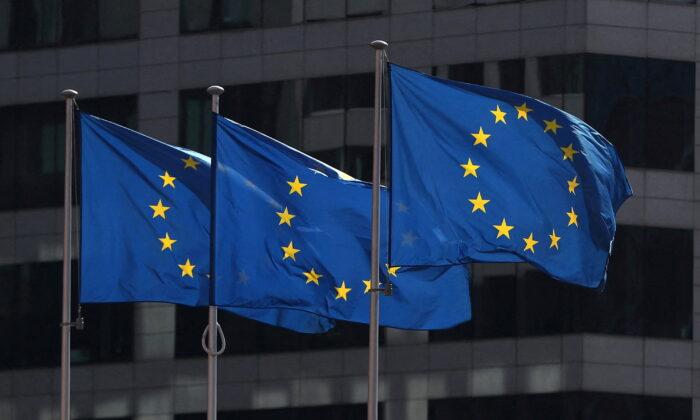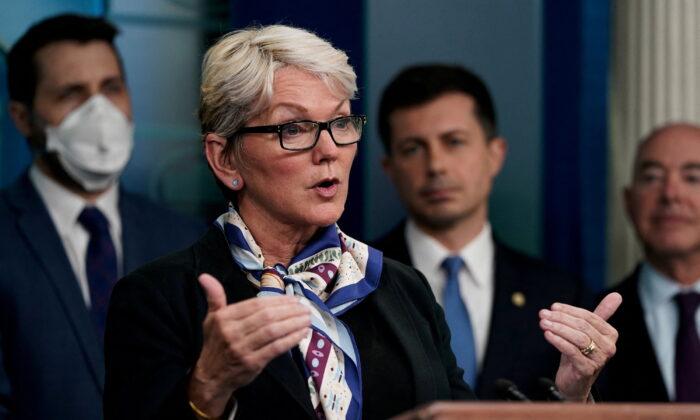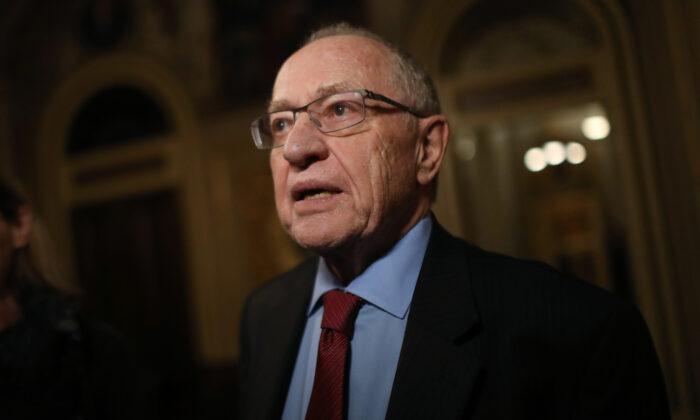Banks in the European Union should beware of fake news triggering a run on their deposits, the bloc’s banking watchdog warned, concerned about a potential fallout from the Russia-Ukraine war.
According to the EBA’s initial assessment, the first-round effects of the war are not a “fundamental threat to financial stability” as direct exposures to Ukraine and Russia are “limited.”
European Economic Area (EEA) banks only had a direct asset exposure of 76 billion euros ($83.93 billion) with Russia as of Q4, 2021. In Ukraine, it’s at 11 billion euros ($12.15 billion).
However, the second-round effects—spillover effects caused by responses of individual banks to an external shock—are “more worrying” from the perspective of financial stability, the regulator said.
Second-round impacts can harm the profitability of banks as they will a) receive lower income from asset management, b) have to bear higher funding costs due to an increase in policy rates as well as investor concerns about greater risk and lower profitability, c) meet increased compliance costs due to sanctions against Russia, and d) experience weakening lending activity due to a worsening economic environment.
With regard to the quality of assets owned by banks, the EBA warns that consumer loans can be “one of the most affected segments.” The asset quality of such loans can “deteriorate” as households struggle with higher oil, gas, and food prices.
The banks might have to pay expensive fines due to sanctions breaches, especially if the scope of international sanctions is widened. Russian cyberattacks are also an operational risk.
Banks will have to deal with the risk of indirect exposures from customers who have commercial links with Russia or Ukraine. Russia is the 11th biggest economy in the world and the 5th largest trading partner of Europe. As such, when economic relations between Russia and the world are impacted, EU banks will be affected, the report stated.
Meanwhile, the Single Resolution Board, responsible for winding down failing banks in the EU, says that the impact of the Russia-Ukraine war on the bloc is “manageable.” However, the effects of commodity markets on banks need to be watched.






Friends Read Free